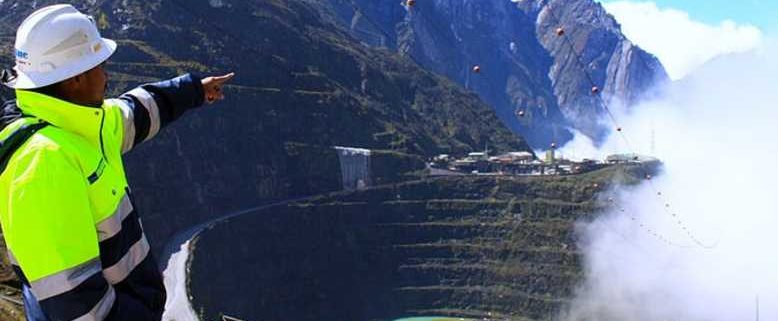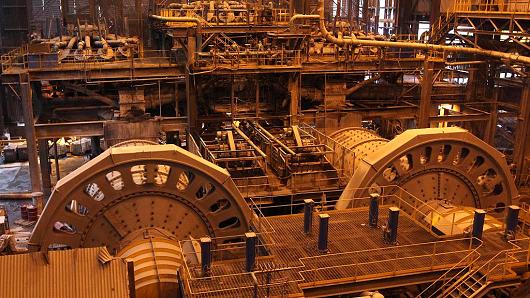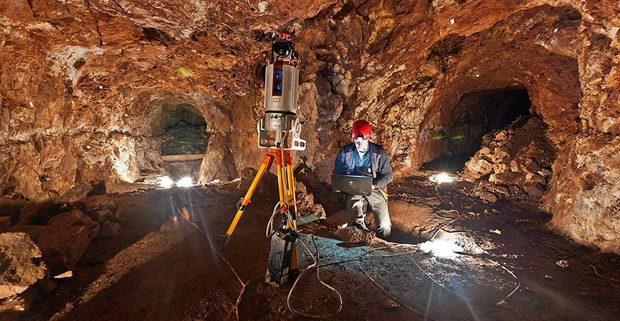Grasberg Mine disputes & Valuation
Country’s point of view
Indonesia explains who got the better outcome in deals for future of the Grasberg copper mine.
Freeport agreed to divest a 51 percent stake the world’s second-biggest copper mine.

Firstly, right after the deals were concluded, Indonesia’s Energy and Finance Ministries posted on social media #FreeportTaatIndo
nesiaBerdaulat. Meaning “Freeport is submissive, Indonesia is a sovereign state”.
This grandiloquent statement explains Indonesian view of the subject. The country claims that dispute over Freeport was all about outflowing the country’s rights about mineral resources
Secondly, Indonesia feels it has a legit victory over this dispute pointing at nationalist sentiment. But having a further look at the matter, it is highly possible that additional “fights” with Freeport will take their place.
“The Phoenix, Arizona-based company explains it will divest 51 percent of PT Freeport Indonesia (PT-FI) and build a second smelter at Grasberg, in the eastern province of Papua. And will also commit to invest up to $20 billion in the mine. “ (Reuters)
Freeport’s Angle
Following, Freeport can immediately apply for a decade of further operations. Beginning in 2021, potentially lasting till 2041. Paying tax & royalty rates during that term.
“While there are a lot of issues still to be worked on, politically this is a win for the government.” (Analyst at Jakarta-based Concord Consultin)
“It has taken on a big U.S. firm and appears to have won.” (Reuters)
Going through the Last year, Freeport offered a 10.64 percent stake in PT-FI. These values the mine at $16.2 billion while the government counter-offered at $630 million.

Freeport assumes that any Grasberg valuation should include the mineral resource. On the other hand Indonesia stays clear about the attitude that resource is essentially held by the country. Certainly not by the mine operator.
“There’s more reserves there than up to 2041 – these aren’t theirs.” (Indonesia’s Energy Minister.)
Freeport has to sell 41.64 percent of PT-FI to reach the divestment target. Adding to a 9.36 percent share the government already holds.
Future
Indonesia hopes that the divestment would be made in one block rather than spread out and would be completed by the end of 2018.
While the company will be appointed to calculate the divestment valuation.
As Fajar Hari Sampurno said, the government is forming a consortium involving the central government and regional administrations to purchase the stake.
“The consortium will look for funding sources – it could be from equity, loans, obligations (or) pension funds.” (Reuters)
Under the law of Indonesia, the central government would have the first claim to the PT-FI stake. Followed by the country’s regional governments. State-owned enterprise or regional government enterprises would be next in line followed by private companies or a public offering for the stake.
Richard Adkerson (FP CEO) said on Tuesday that “PT-FI shares are what we’re talking about with divestment.” And that after 2022 “PT-FI will retain its 60 percent interest in the joint venture.”
Shares of Freeport, the world’s biggest publicly listed copper miner, have dropped 6.3 percent in the two days since the announcement, closing at $14.56 on Wednesday.
Further agitation will show the real outcomes. It is up to the Country’s decisions and aims to keep the mineral resources. It certainly is better if energy stays controlled by official organs.










 I think the reaction and the commitment you are seeing from the Mongolian government over the last two weeks to repeal this tax, it shows its firm commitment to really get the foreign investments going and particularly that is very much settled on the mineral exploration and the mining industry in Mongolia.” Andrew Stewart, CEO of Xanadu Mines said.
I think the reaction and the commitment you are seeing from the Mongolian government over the last two weeks to repeal this tax, it shows its firm commitment to really get the foreign investments going and particularly that is very much settled on the mineral exploration and the mining industry in Mongolia.” Andrew Stewart, CEO of Xanadu Mines said.